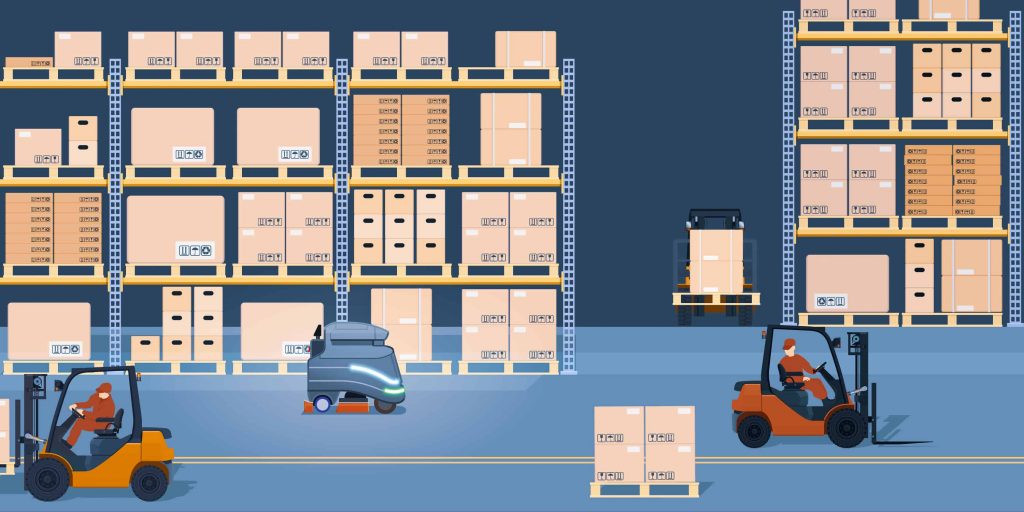Warehouse automation can help improve accuracy, efficiency and reliability, and save labour costs. Most warehouse operations need to pay high labour costs. According to inbound logistics data, 65% of the warehouse’s operating budget belongs to labour costs. The annual expenditure for a warehouse with 100 employees is nearly $4 million. With this in mind, it makes sense for logistics companies to consider using automated warehouse processes.
How does warehouse automation work?
Warehouse automation works by automatically collecting data and controlling inventory. The warehouse control system uses the necessary hardware equipment and software systems to coordinate all operations. Here is how to achieve:

1. Barcode label:
Barcode labels are the basis of warehouse automation. Warehouses track items through them. Barcode labels can accurately capture data and eliminate errors in tracking or shipping items. The use of barcodes helps inventory tracking, restocking planning, improving picking efficiency, traffic optimization, and reducing stock-outs.
2. Inventory Management System (IMS):
Check inventory levels, product information, and storage locations in real-time, thereby providing companies with high-level inventory control.
3. Automatic storage and retrieval system (AS/RS):
AS/RS consists of machines that move up and down on optimized aisles to retrieve or place items. They provide improved inventory control and item tracking. They can also ensure that the warehouse is better arranged vertically and horizontally, thereby saving inventory.
The key elements of AS/RS include storage and retrieval machines, automated guided vehicles (AGV), frame structure, and warehouse control system software (WCS). All these components work together to receive, place, pick up, pack, and ship items along an optimized route.
4. Hardware equipment:
Use the necessary hardware to help retrieve data from barcode labels and monitor activities, otherwise, warehouse automation will not be possible. Commonly used devices are portable data terminals, stationary computers, bar code scanners, rugged tablet computers, and label printers.